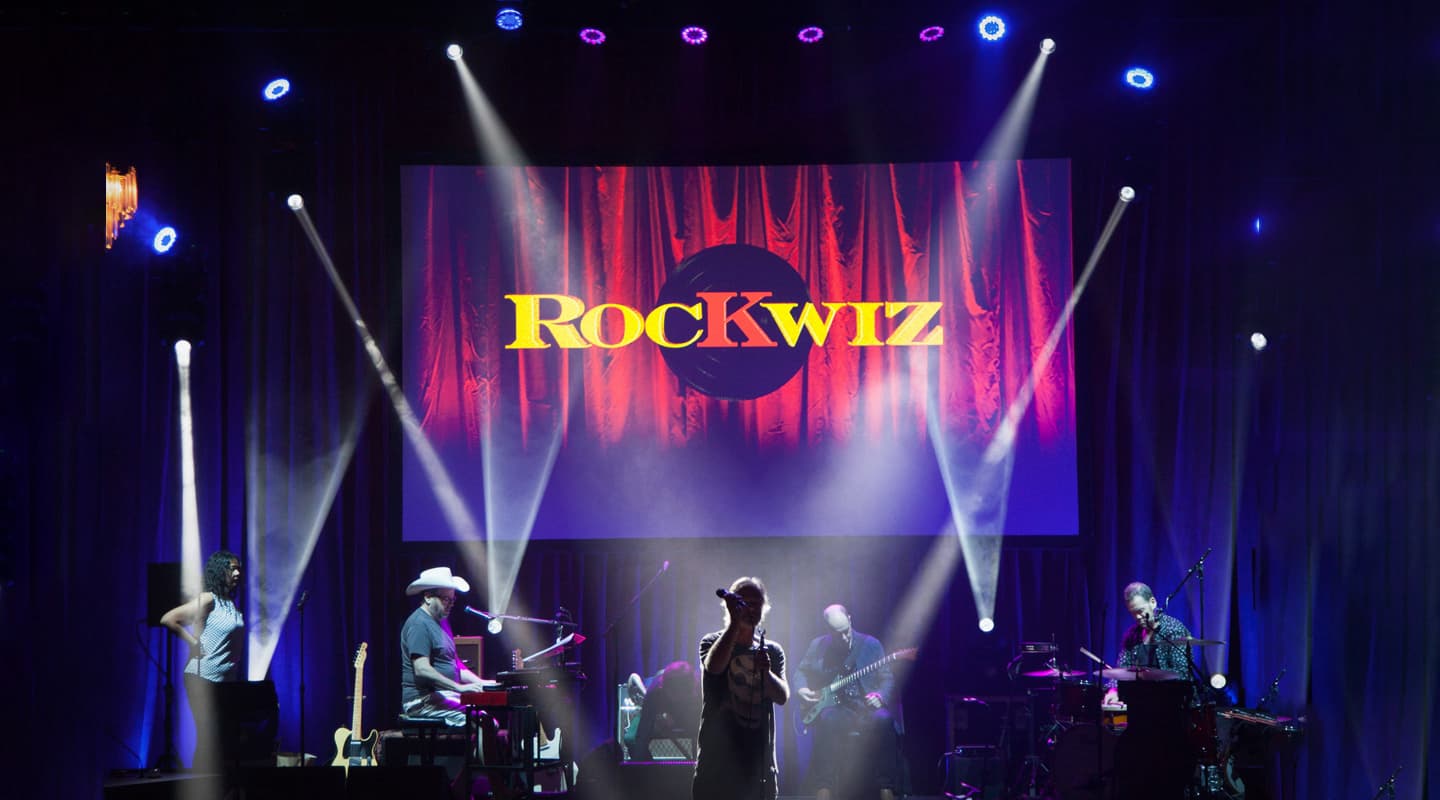
Rockwiz: Live! The Touring Pub Crawl
Rockwiz’s production has travelled a long way from pub TV trivia, but Rockwiz Live! shows it hasn’t lost the rock.
Story: Lucie Robson
Photos: Daniel Sievert
Too old to rock ’n’ roll? Never! Bringing a pub-rock-inspired quiz show to big stages around the country requires the best and most experienced minds in the business.
Saying Rockwiz is a challenging show to mix is putting it mildly. Merging comedy, theatre, a game show and live rock concert into one; boisterous dialogue from contestants and hosts is interrupted by spontaneous bursts of live music from a five-piece band and recorded stings…and it gets loud! For many in the Rockwiz audience it’s like reliving their youth. You can hear the adulation zinging off the theatre walls.
Between September and November Rockwiz went on the road for a new show, the fourth such national tour: Rockwiz Live! Salutes the ARIA Hall of Fame. The live stage version of the beloved music quiz show added celebrity guests from the Hall of Fame and a longer set of live performances of Australian classics. It was a run of 19 shows, mostly in new venues every night. When AudioTechnology headed along to Chatswood’s Concourse theatre on a Saturday afternoon, the cast and crew were still busy getting every tiny element into place for that night’s show.
“We just hire the best people, and let them do it,” explained Peter Bain-Hogg, one of the executive producers and co-creators of Rockwiz. He says the success of bringing the regular show to theatres around the country relies on the specific and extensive experience of the people he has on board. “But in reality, what we do in the Espy [Esplanade Hotel, St Kilda] is not what traditionally happens on a TV show anyway. It’s not a TV studio, we make it in a pub. It’s the same kind of philosophy, just bigger venues. Good front of house, good lights, good stage techs.”
Front of house engineer Tim Millikan has his work cut out for him translating the Espy show into a touring event, said Bain-Hogg: “It’s a completely different set of everything, really. Tim’s got a much more difficult set of parameters in which he has to work. It’s not like we can take anyone and put them into his job but he can go and do anyone’s job, because he’s got all that expertise. Tim’s background is front of house, and also playing for various bands, so he’s the best at what he does. He’s also our front of house engineer for the TV recording. The transition for him is really about making it sound right with the scale of the venue.”
Millikan joined the Rockwiz operation around 10 years ago, having previously worked for artists such as Paul Kelly and Peter Luscombe (the drummer in the Rockwiz orchestra). Bain-Hogg brought Millikan on board to redesign the way the show was doing sound, and he’s hung around ever since for all TV recordings and live events.
DAN DUGAN NINJA
The sound team that Tim Millikan leads on Rockwiz isn’t large. On most of the tour shows there were only three people: Millikan, monitor engineer Cam Elias and Matt Miller from JPJ’s Melbourne shop. Additionally, Dugald McAndrew, recognisable as the man who holds up the scorecards, is the production manager, and guitar and stage tech. But for the Chatswood show, JPJ in Sydney supplied stacks and racks, as well as an extra set of hands, Tim Jones. “I’ve got an extra audio guy today that I wouldn’t normally have,” Millikan said. “Normally it’s just three of us, and Matt is really here for Cam. There’s a lot more stuff happening up there. My setup’s relatively easy, we fine-tuned everything prior to going out with front of house; it’s really just a couple of multi-pins and tipping a few cases.”
Millikan describes his front of house setup as “fairly straightforward”. The Avid Profile console has Waves multiband compressors, reverbs and delays onboard. “The multiband compressors are very important,” he said. “The Waves C4 multiband compressor allows me to control EQ as well as dynamics, but doesn’t take the body out of the inputs.” In addition Millikan uses a Mac running QCart and a Dolby Lake Processor with a tablet, to hook into house systems and have control of EQ and delay. His “secret weapon”, and extra pair of hands, is his Dan Dugan Automixer, which he’s been using for seven years.
“You can’t have all these headsets and lectern mics open with a live band playing, and have it balanced and sitting but not wanting to ring out,” Millikan explains. “If I switched all of them on you’d just hear it on the verge of taking off.” The Dan Dugan processing is like a “little ninja in a box”, Millikan enthused. “Opening and closing faders really quickly, it allows me to not worry about the six panel mics. You’ve still got to ride them a bit, but you’re not having to jump on something to stop it feeding back.”

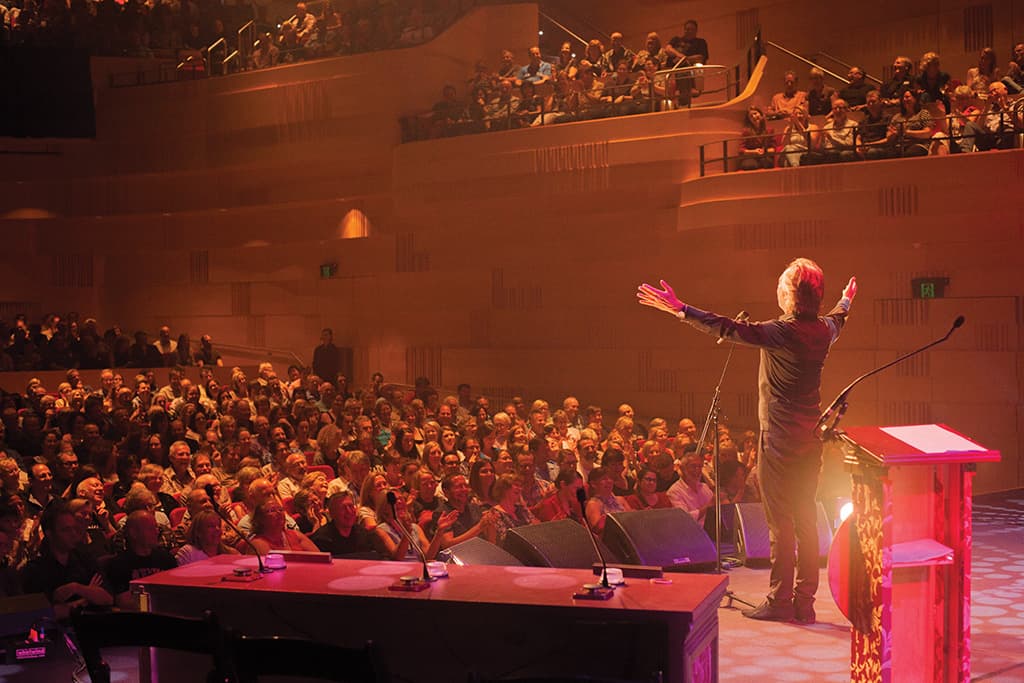
INTERSTATE PUB CRAWL
The live show has two acts, and although each night has different contestants and performers, the essential format remains the same. In the first act, co-host Brian Nankervis adjudicates a selection of contestants by inviting audience members onstage to answer trivia questions and guess song snippets, played as stings from the front of house console. The atmosphere is festive, and becomes only more so during the evening. The crew are looking for contestants who have big voices, know how to use microphones and will provide some entertainment for the crowd. And, of course, they must have excellent Australian rock trivia chops.
During intermission, Millikan and co-host Julia Zemiro quickly speak with the lucky four contestants who have made it through to the next round, teaching good microphone technique.
Millikan: “When we get the contestants up, as Julia meets and introduces them then has a little chat, I can EQ, get gain structure, and that allows me to sit it where I need to. Then I override the snapshot, and keep it in there when I go between musical acts.”
In the second act, all microphones and speakers are put to good use. In total there are six contestants onstage with hosts Julia (headset) and Brian, two guitars, bass, drums, keyboard, singers and backup singers.
Even with all this sound, the dialogue of hosts and contestants needs to take priority. But trickily, the music needs to have sufficient heft to create the sticky-carpet feel of a pub. Additionally, venues such as The Concourse that are designed to handle orchestral performances can have reflective surfaces which create additional challenges. In this regard, Millikan is the master of Rockwiz. He explains that he has only around 3dB of headroom to work with. “The dynamic headroom is between the dialogue and the music. If the band is too loud, you start losing the dialogue component of the show, and vice versa, you can’t have the band too quiet, or there’s no vibe,” he said. “It’s Rockwiz, not Cabaret Wiz.”
Millikan says the key to creating this particular ‘rough and ready’ live atmosphere is picking the part of the mix you choose to finesse. “Rockwiz is a lot about nostalgia for some people. We have an older audience and when they were in their teens and twenties, they used to go to pubs and see Icehouse, Divinyls, bands like that. Because we have a lot of those artists on Rockwiz, these people are coming back and reliving their youth to a certain degree. So you’ve got to deliver that, but you’ve got to do it with today’s class of production.
“It’s got theatre in it, but it’s a rock show and it should be rock. The PA needs to move a bit of air, you need to have a bit of bottom end happening. That’s all I’m trying to do: make it clean and intelligible so you can look at everyone on stage and hear everything that’s going on. Not too loud, but you feel like you’ve been to a gig.”
While the music needs to boom, the dialogue needs to cut through everything, otherwise the show’s raison d’être will be completely obscured. Millikan says that this makes the dialogue, which makes up around 70 per cent of the show, the hardest part of the entire project. “The dialogue is the section where you’re dealing with people from an audience dragged up onstage to be part of a show, who don’t know how to speak into microphones,” he explained. “You don’t know what you’re going to get onstage on any one night. They change. You can get these little nuggets of gold that come up onto stage and make the night something really special, then you get people who are like rabbits in the headlights — they get up there and they freeze.” Add the fact that alcohol is being served, and “all sorts of things have happened!”
Usually the sound crew manage to get through it with aplomb but “occasionally you get a contestant who speaks really quietly all night, and that’s difficult if they’re the ones who know their stuff and are answering a lot. You’re just trying to get more level without feedback,” Millikan said. “Feedback is unacceptable.”


SENNHEISER LOVE AFFAIR
Millikan lists the microphones he uses on stage: “A lot of Sennheiser stuff, e901 and e902 in the kick drum, and e904 on toms, I’ve also got Shure SM57s on top and bottom snare and AKG C414s for hi-hats and overhead. I use Sennheiser e945 dynamics on all the vocals, and the radio mics are the Sennheiser SKM9000 series with the MD9235 dynamic super cardioid capsule, they’re really good sounding radios, and relatively easy to use. It’s got a built-in frequency scanner and recorder, which makes it pretty versatile for a single unit. It’s handier than having to carry a separate computer with frequency software to go searching.”
Millikan is enthusiastic about the quality of the Sennheiser 9000 series. “I have to say, it’s actually one of those things where I used it and said ‘Wow, that sounds fantastic!’
“Same with the headset, I’ve been using the DPA 4088 cardioid for years, but we’re using the Sennheiser headset on Julia. With this, it had a usable bottom end, hardly EQ’d it. I was planning to use the DPAs, but we got stuck with it the first time because the adapters we had were for a Shure pack. So we fired it up, and I just went, ‘I’m not changing.’
“I also recently added Sennheiser MK8 condensers on the guitars. I’ve gone from Audio-Technica 3060s and they’ve got it right with this one. I wasn’t really happy with the MK4, but this one sounds great. The DIs are all Radial passive JDIs.
“Yeah I mean, for years I’ve been using Shure Beta 58s and all that sort of stuff. I used the 945s on something else I was doing, and the vocals were just lush; it’s got usable low-mids. This time I just stuck them everywhere. I thought, ‘rather than just using them on the guest vocal, I’m going to blanket them across the stage.’ It’s made it so much easier. I’ve been fighting the old dinosaur in me and changing to a few different things that I wouldn’t normally use. I’m really happy with it, it’s rich, full and sounds good.
Monitor engineer Cam Elias agrees: “The handheld mics sound incredible, and the headset we’re using for Julia has an incredible amount of feedback rejection as well, which is quite unusual for headset mics and foldback. I can get a lot of gain before feedback, without having any trouble. I’m well impressed with that stuff.”
The final pieces of noise-making equipment are the buzzers, smashed enthusiastically by the contestants at every question. Inside the buzzers, the signal is split to a light and a mic with a Shure SM58. The lectern and panel mics are from Clock Audio, and have 400mm active shafts with a C3H capsule.

IN-EAR FREE ZONE
Some time ago the Rockwiz sound crew decided to eschew any in-ear mixing entirely, save for exceptional cases. “We don’t have enough time in the day to spend getting in-ear mixes together and so forth, and if they’re not right, then people aren’t going to nail the performance,” Millikan explained. “Because it’s only a song, or maybe two songs, like a song and a duet from a couple of artists, it’s not worth the grief involved in setting up racks of ears. A lot of people don’t have their own moulds, so we’d be using generics too. It’s just easier to put out a bunch of good monitors — we use d&b M4s — and get a really deluxe overall stage sound. It’s about stage coverage, which Front of house has to compliment as well. If you create an overall sound, as opposed to different audio in particular positions on stage, everything sounds great and is more consistent with the dialogue as well.”
So while the decision was for convenience, it also helps to keep VIP guests happy and calm. “You’ve got to make artists feel comfortable on stage too,” said Millikan. “They may be singing one of their songs, but they also might be doing a duet from a totally different genre of music that they’re not overly comfortable with, in front of a bunch of strangers.” There isn’t a huge amount of time for performers to get to know their new stage and crew. “It can be quite intimidating for an artist to come on and think, ‘I’ve got to sing this and get it right’. But they do it! The whole trick to that is to make them feel as comfortable as possible. If they feel comfortable, and don’t feel like they’re being watched or judged, then they’ll have a much better performance.
“We have such a wide range of artists, from young up-and-comers to seasoned pros, to people getting on in their career and so forth. It’s unfair to walk up to someone like Col Joye and ask him to put a set of ears in.”
THE REAL THING
Rockwiz is great fun for all involved, whether you’re onstage or not. In the first act, the audience gets to show off their knowledge and enthusiasm for Aussie rock ’n’ roll. Then in the second, they get to witness those past decades come back to life as classic songs are re-imagined. On the night of the Chatswood show, Vika and Linda Bull sang backup to Steve Kilbey’s rendition of Wide Open Road by The Triffids, and then Vika sang a blistering version of Back In Black. Kilbey sang his own song Under The Milky Way with Kate Miller-Heidke, who on her own also sang Hey Little Girl by Icehouse. Even co-host Julia Zemiro joined in, performing a solo tribute to Olivia Newton-John. The music industry may be changing but Rockwiz Live! Salutes the ARIA Hall Of Fame showed there’s still a lot of joy to be had in being a fan.


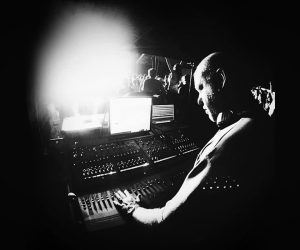


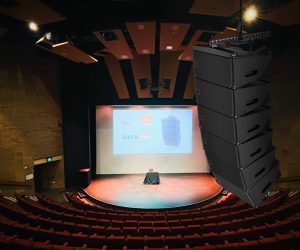
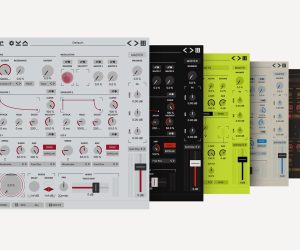
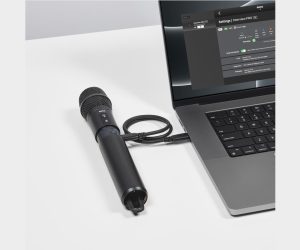
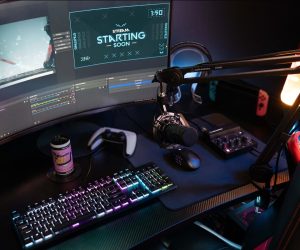
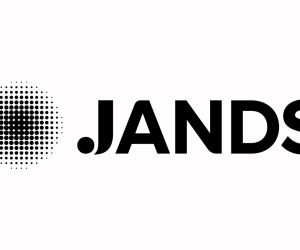
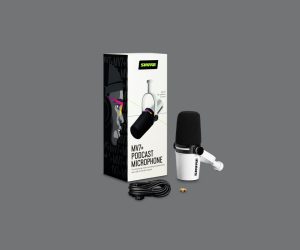
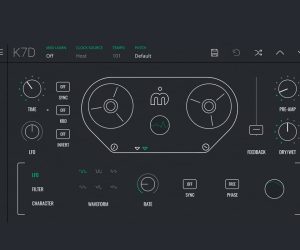
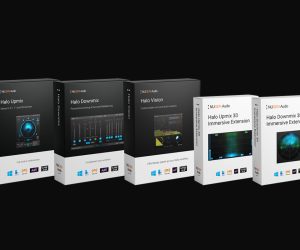



RESPONSES